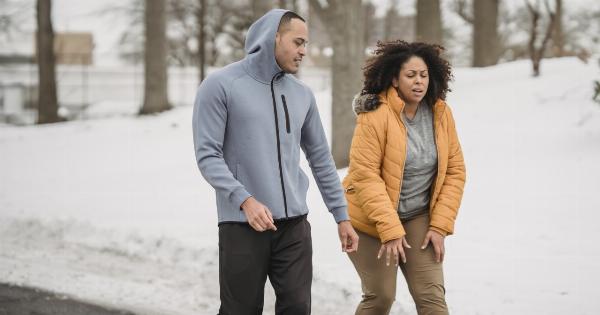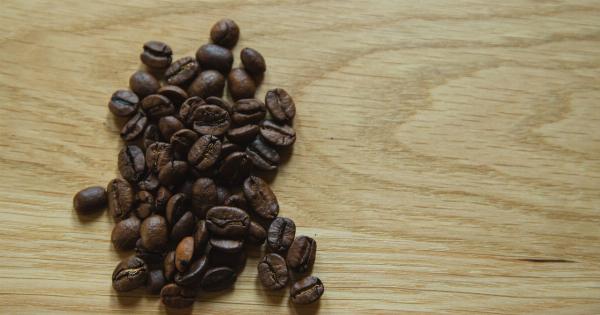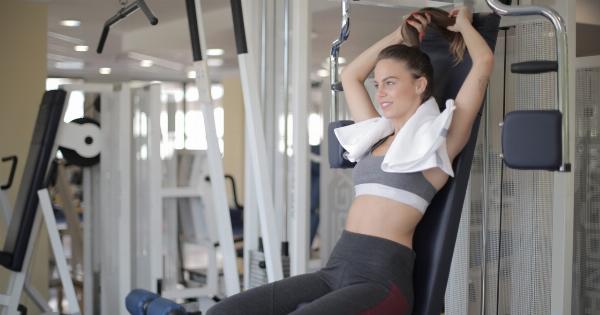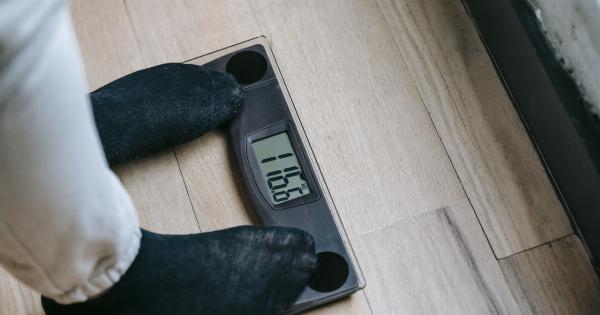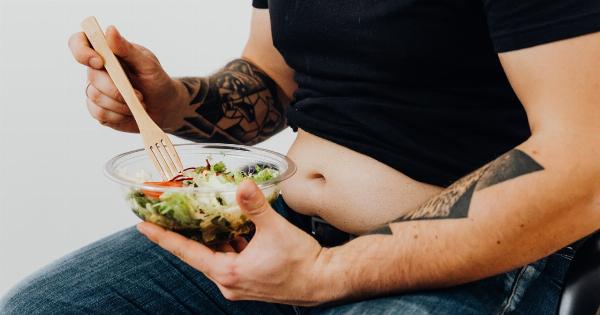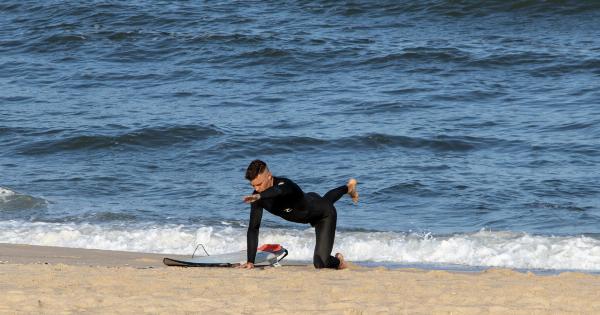Losing weight can be a challenging journey for many individuals. From strict diets to rigorous exercise routines, people are constantly in search of effective methods to shed those extra pounds.
While traditional weight loss methods have proven to be successful, there is a growing interest in unconventional approaches. One such method gaining popularity is the use of ice to aid in weight loss. This article explores the concept of freezing away the pounds and how it can potentially assist individuals in achieving their weight loss goals.
The Science Behind Freezing Fat Cells
The idea of using cold temperatures to eliminate fat cells is not a new concept. The process, commonly known as cryolipolysis, involves freezing fat cells to the point of destruction.
When exposed to extreme cold, fat cells undergo a process called apoptosis, wherein they crystallize and eventually die off. Once the fat cells die, the body naturally eliminates them through its lymphatic system and liver.
The Benefits of Cryotherapy
Aside from weight loss, cryotherapy offers several benefits. Let’s explore some of them:.
1. Targeted Fat Reduction
One of the significant advantages of cryotherapy is that it allows for targeted fat reduction. This means that people can apply the cold treatment to specific areas of their body where they want to lose fat.
Whether it’s the belly, love handles, or thighs, cryotherapy can help individuals focus on problem areas.
2. Non-Invasive Procedure
Unlike invasive weight loss procedures, such as liposuction, cryotherapy is non-invasive. It does not require any surgery or incisions, making it suitable for individuals who prefer non-surgical methods.
Additionally, cryotherapy involves zero downtime, allowing people to resume their daily activities immediately after the treatment session.
3. Quick and Efficient
Cryotherapy sessions are relatively quick and efficient. Each treatment session typically lasts around 30-60 minutes, depending on the targeted area.
Unlike spending hours at the gym, cryotherapy offers a time-saving alternative for those with busy schedules.
4. Enhanced Metabolism
When exposed to cold temperatures, the body works hard to bring itself back to normal temperature, resulting in an increase in metabolic rate.
This temporary boost in metabolism can help individuals burn calories at a higher rate and potentially aid in weight loss.
5. Reduced Cellulite Appearance
For individuals struggling with cellulite, cryotherapy may offer some relief. The cold temperatures applied during the treatment help reduce the appearance of cellulite by improving blood circulation and tightening the skin.
The Cryotherapy Process
Now that we understand the benefits, let’s dive into the cryotherapy process:.
1. Consultation and Assessment
Before starting cryotherapy, it is essential to consult with a healthcare professional familiar with the procedure. They will assess your overall health and discuss your goals to determine if cryotherapy is a suitable option for you.
2. Treatment Preparation
Prior to the treatment, you will be asked to remove any metal jewelry or piercings and change into the provided protective clothing. This is to ensure that no cold-related injuries occur during the session.
3. Application of Cold Packs or Cryo Machines
The actual cryotherapy treatment involves the application of cold packs or the use of specialized cryo machines. Cold packs are usually placed on the target areas, while cryo machines emit controlled cold air to freeze the fat cells gently.
4. Relaxation during the Treatment
While undergoing cryotherapy, individuals are encouraged to relax and make themselves comfortable. The treatment area is equipped with recliners or beds to ensure a stress-free experience.
Some facilities even provide entertainment options like TV or music to help distract from the cold temperatures.
5. Post-Treatment Care
After the session, it is crucial to follow any post-treatment care instructions provided. This may include avoiding exposure to extreme temperatures, maintaining a healthy diet, and staying hydrated.
Adhering to these guidelines can optimize the results and enhance the effectiveness of cryotherapy.
Potential Risks and Side Effects
While cryotherapy is generally considered safe, it is important to be aware of potential risks and side effects:.
1. Skin Sensitivity
Some individuals may experience skin sensitivity or redness in the treated area, which typically subsides within a few hours.
2. Temporary Numbness
Due to the cold temperatures, temporary numbness in the treated area may occur. This sensation usually dissipates quickly.
3. Bruising or Swelling
In rare cases, bruising or swelling may occur at the treatment site. This typically resolves on its own within a few days.
4. Cold Burns
If the cold packs or cryo machines are not adequately applied or monitored, there is a risk of cold burns. It is crucial to ensure that the treatment is administered by trained professionals and follows proper safety protocols.
Conclusion
Although cryotherapy offers some potential benefits for weight loss, it is essential to approach it with realistic expectations.
While it may assist in reducing localized fat and improving the appearance of cellulite, it should not be seen as a miracle solution for weight management. As with any weight loss method, cryotherapy is most effective when combined with a healthy diet, regular exercise, and a balanced lifestyle.
Before embarking on any weight loss journey, it is always advisable to consult with a healthcare professional to determine the most suitable approach for your individual needs.

